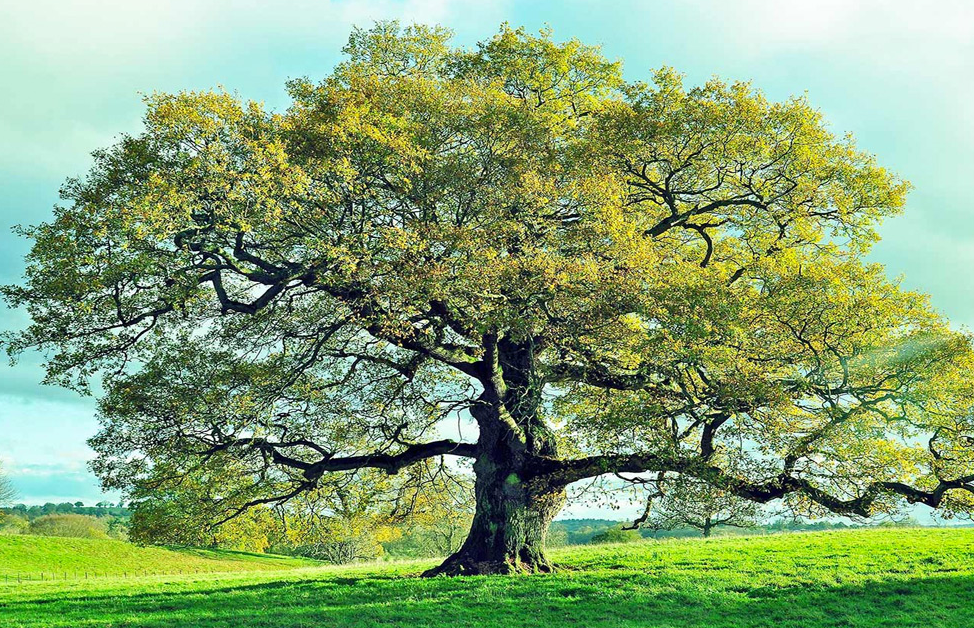Let’s explore Barbados National Tree. Barbados, a stunning island nation nestled in the Caribbean, is not only known for its pristine beaches and vibrant culture but also for its rich flora and fauna. Among its diverse plant species, the Bearded Fig Tree (Ficus citrifolia) holds a special place as the national tree of Barbados. In this article, we will delve into the intriguing world of the Bearded Fig Tree, exploring its historical significance, botanical description, ecological importance, medicinal uses, conservation efforts, economic significance, and more.
Historical Significance of Barbados National Tree
Cultural Importance
The Bearded Fig Tree has deep-rooted cultural significance in Barbados. It has been woven into the fabric of the nation’s folklore and traditions for centuries. It symbolizes strength, resilience, and unity, representing the interconnectedness of the people with their natural surroundings. The tree’s majestic presence in Barbadian folklore showcases its enduring impact on the cultural heritage of the island.
Symbolism
The Bearded Fig Tree’s symbolism goes beyond its cultural importance. Its sprawling branches and intricate root system reflect the concept of growth, renewal, and interconnectedness. Just as the tree thrives by drawing sustenance from the soil, Barbadians draw inspiration from the tree’s ability to adapt and flourish in diverse environments.
Ecological Importance of Barbados National Tree
Biodiversity Support
The Bearded Fig Tree plays a vital role in supporting biodiversity in Barbados. Its dense foliage provides shelter and nesting sites for numerous bird species, including the Barbados bullfinch and black-faced grassquit. The figs it produces serve as a food source for frugivorous animals, ensuring their survival and dispersing the tree’s seeds across the island.
Environmental Benefits
Apart from its role in supporting wildlife, the Bearded Fig Tree offers significant environmental benefits. It helps mitigate soil erosion by stabilizing the soil with its extensive root system. The tree’s abundant foliage aids in reducing air pollution by absorbing carbon dioxide and releasing oxygen through the process of photosynthesis. This natural air purification contributes to cleaner and healthier environments for both humans and other living organisms.
Medicinal Uses
The Bearded Fig Tree has a long history of medicinal uses in Barbados and other Caribbean islands. Various parts of the tree, including the bark, leaves, and figs, possess medicinal properties. Traditional healers have utilized these components to treat ailments such as skin conditions, digestive issues, and respiratory problems. While modern medicine has advanced, the tree’s medicinal potential continues to intrigue researchers and scientists.
Conservation Efforts for Barbados National Tree
Recognizing the ecological importance and cultural significance of the Bearded Fig Tree, conservation efforts have been undertaken in Barbados. The preservation of natural habitats, including protected areas and national parks, has been instrumental in safeguarding the tree’s population. Additionally, educational programs and initiatives raise awareness among the local communities about the importance of conservation, encouraging sustainable practices and responsible land management.
Economic Significance of Barbados National Tree
Tourism and Recreation
The Bearded Fig Tree contributes to Barbados’ thriving tourism industry. Its majestic presence and historical significance attract visitors who are eager to explore the island’s natural beauty. Tourists and locals alike enjoy picnicking, bird-watching, and simply basking in the shade of these magnificent trees. The Bearded Fig Tree has become an iconic symbol of Barbados’ natural heritage, captivating the hearts of those who visit.
Wood and Timber
Beyond its cultural and ecological value, the Bearded Fig Tree has economic significance in Barbados. The wood derived from the tree is known for its strength and durability, making it ideal for construction and furniture-making. The timber industry benefits from sustainable harvesting practices, ensuring that the tree continues to thrive while meeting the demand for quality wood products.
Interesting Facts and Trivia
- The Bearded Fig Tree is also known as the “Old Husbands” tree in Barbados due to its long lifespan and resilience.
- It is believed that the shade of the Bearded Fig Tree inspired many important discussions and meetings during Barbados’ struggle for independence.
- The Bearded Fig Tree’s aerial roots are often featured in picturesque postcards and photographs, showcasing the unique beauty of Barbados.
FAQs
1. Is the Bearded Fig Tree endemic to Barbados?
No, the Bearded Fig Tree is not endemic to Barbados. It is native to the Caribbean region and can be found in other tropical and subtropical areas as well.
2. Can I plant a Bearded Fig Tree in my garden?
Yes, you can cultivate a Bearded Fig Tree in your garden, provided you have the appropriate climate and space. Consult with local experts or nurseries for guidance on planting and care.
3. Are there any conservation efforts specifically focused on the Bearded Fig Tree?
While conservation efforts in Barbados encompass various plant and animal species, the Bearded Fig Tree benefits from these initiatives due to its ecological and cultural significance.
4. Are the figs of the Bearded Fig Tree edible?
The figs of the Bearded Fig Tree are generally not considered edible for humans. They are small and often filled with seeds. However, they serve as a food source for many bird species.
5. Can the Bearded Fig Tree be used for landscaping purposes?
Absolutely! The Bearded Fig Tree’s impressive size, lush foliage, and unique growth patterns make it an excellent choice for landscaping projects, providing shade and adding a touch of natural beauty to any setting.
Conclusion
In conclusion, the Bearded Fig Tree is more than just a tree; it is a living symbol of Barbados’ cultural heritage, environmental stewardship, and natural beauty. As we celebrate the significance of this national tree, let us also remember the importance of preserving and protecting our natural treasures for future generations to enjoy.
References
- Barbados National Trust. (n.d.). Bearded Fig Tree Trail. Retrieved from https://barbadosnationaltrust.org/project/bearded-fig-tree-trail/
- Barbados Tourism Encyclopedia. (n.d.). Barbados National Tree – The Bearded Fig Tree. Retrieved from https://www.barbadostourisminc.com/barbados-national-tree.html
- National Geographic. (n.d.). Bearded Fig Tree. Retrieved from https://www.nationalgeographic.org/encyclopedia/bearded-fig-tree/

